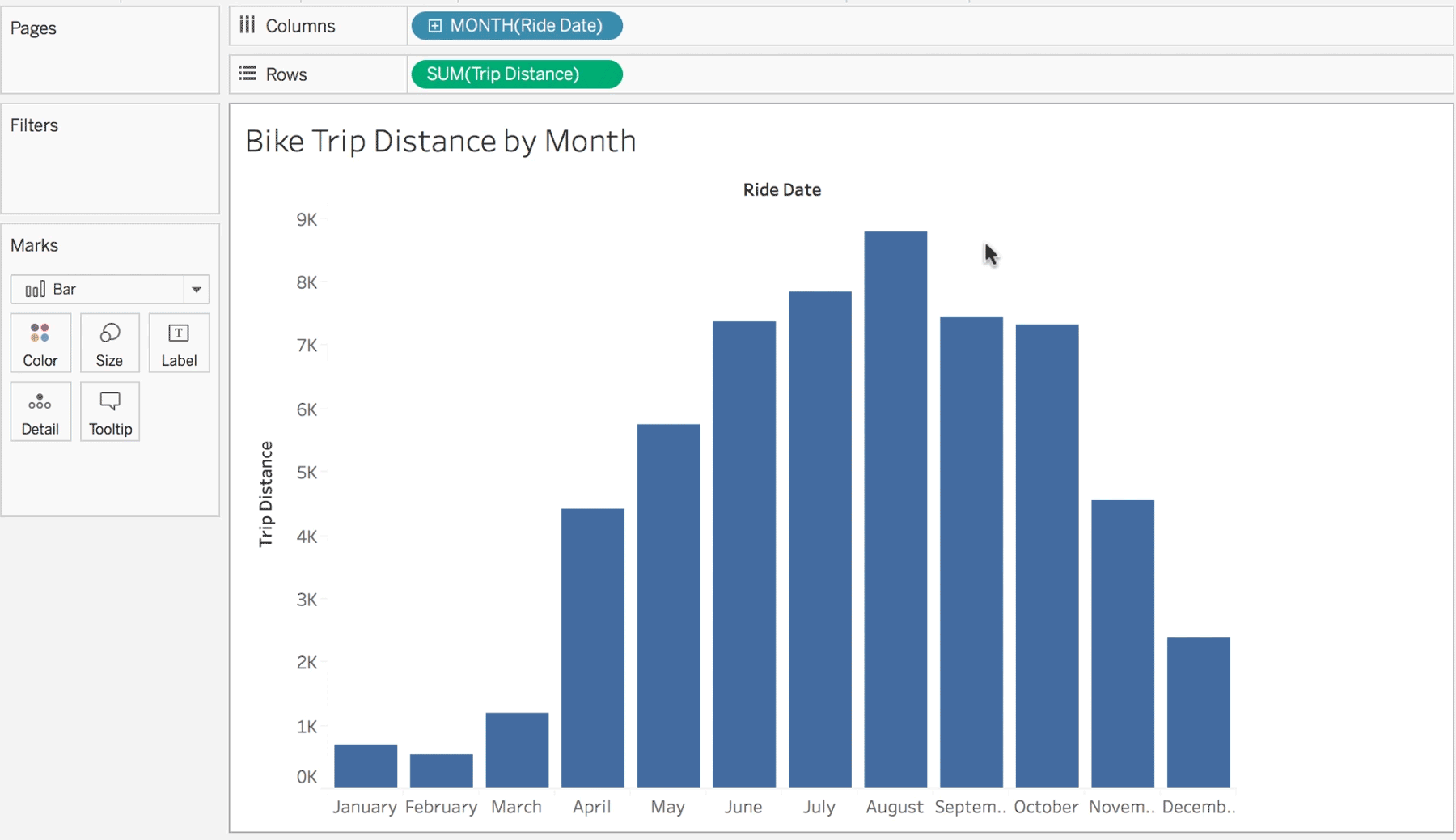

“What’s the difference between business analytics and business intelligence? The correct answer is: everybody has an opinion, but nobody knows, and you shouldn’t care.” Timo Elliot, Innovation Evangelist, SAP What action should be taken to ensure the best possible outcome (prescriptive analytics)īut at the end of the day, both BI and business analytics are vital – working together to provide companies with all four types of analytics (descriptive, diagnostic, predictive, and prescriptive) and the big picture insights decision-makers need.What is likely to happen next ( predictive analytics), and.Why something happened (diagnostic analytics).That said, a common distinction is that business intelligence focuses on what happened in the past and what is happening now (descriptive analytics). Is there a difference? There is currently no consensus of opinion. business analyticsīusiness intelligence and business analytics are two terms that are often used interchangeably.

Business intelligence applications sa software#
BI software comparing income statements across several years. It answers questions like “What happened?” and “What needs to change?” – but it does not get into why something happened or what might happen next. Also known as a decision support system (DSS), a BI system analyzes current and historical data and presents findings in easy-to-digest reports, dashboards, graphs, charts, and maps that can be shared across the company.īI is sometimes called “descriptive analytics” because it describes how a business is performing today and how it performed in the past. Business intelligence definitionīusiness intelligence refers to the processes and tools used to analyze business data, turn it into actionable insights, and help everyone in an organization make better-informed decisions.

To actually take advantage of this data, and use it to make data-driven decisions, they need a modern business intelligence (BI) system. Most companies collect a massive volume of business data every day – flowing in from their enterprise resource planning (ERP) software, e-commerce platform, supply chain, and many other internal and external sources. Governance, Risk, Compliance (GRC), and CybersecurityĮngineering, Construction, and Operations Accounts Receivable, Billing and Revenue Management


 0 kommentar(er)
0 kommentar(er)
